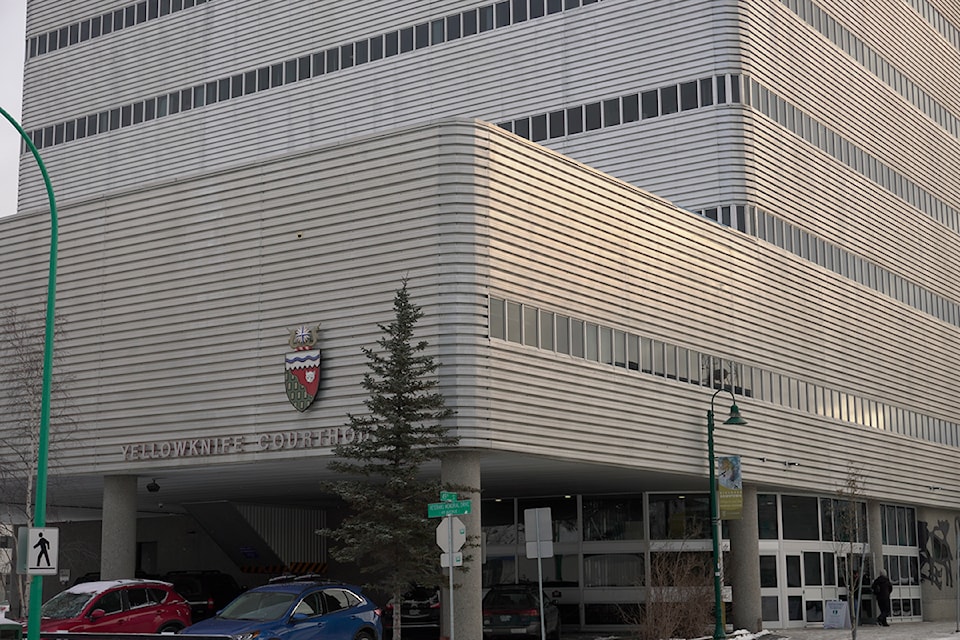Territorial court Judge Donovan Molloy scolded Crown and defence lawyers Wednesday for a joint submission he found to be unfit, but not so unfit that it would bring the administration of justice into disrepute – the threshold, outlined in R. v Anthony-Cook, for a judge to overturn lawyers’ joint positions.
For his fourth conviction of intimate partner violence, Crown prosecutor Matthew Scott and defence lawyer Peter Harte proposed the offender be sentenced to 135 days in jail – 90 days for the assault, 30 days for having breached probation and another 15 days for breach of bail conditions. Considering the time the man has already spent in custody, he has approximately 50 days left to serve before 18 months of probation.
“I sentenced him in June for assaulting the same victim,” Molloy decried. “Now I have another Crown with a completely unfit sentence but not so unfit to violate the threshold of Anthony-Cook and so I’m forced to accept.”
“One of these days when a victim is killed by one of these repeat offenders, the questions aren’t going to be to the court, they’re going to be about the (public prosecution)’s position.”

Though Molloy said it wouldn’t matter since he’s forced to accept the joint submission anyways, he told Scott to carry on with his rationale for arriving at the sentencing decision since “you’re accountable to the public,” he said.
Scott noted the man’s guilty plea, his background as an Indigenous man and the victim’s lack of serious injuries as contributing factors to the 135 day sentence.
“So you’re saying he really has to hurt her before he gets a longer sentence,” Molloy asked, regarding the comment about the victim’s injuries.
“No, I’m saying we sentence for the offence committed,” Scott replied.
Molloy acknowledged the offenders’ traumas and the colonial context that contributed to bringing him before the court, but noted that the victim in this case, like many others that come before the court, is also an Indigenous woman who has herself faced serious trauma.
“We place all the emphasis on the accused when these women experience the same trauma, continual trauma and it builds each time these offences occur,” he said. “What does this say to those victims.”
In his submissions, Harte agreed with Molloy that the issue is persistent, but noted the NWT’s high incarceration rates – 527 adults per population of 100,000 according to a 2017-18 Statistics Canada report. The same reports indicates the national average to be 83 adults/100,000 people.
Longer jail sentences are not fixing the problem, he said.
Harte spoke about the need for balance in delivering a fit sentence, recalling his time practicing in Nunavut and hearing complainants say they would never go to the police again because of what happened to their partner.
He told NNSL Media that the NWT “is one of the most difficult environments to prosecute domestic violence.”
“It is frustrating for the police who investigate crime connected to the same dysfunctional relationship again and again , it is frustrating for the Crowns who worry that they may not go hard enough on an accused and that someone might get seriously injured or killed as a result.”
It is frustrating too to consider the possibility of a complainant never cooperating again as a result of the proceedings and ending up killed or seriously injured from a repeat offence.
“It is a no-win situation with no easy answers, but for the system to work at all, when the Crown is in a position to get at least some sort of penalty, deals have to be respected or accused will take everything to trial and the system will break down,” Harte said.
“We already have one of the highest incarceration rates in Canada, how exactly will putting more people in jail make a difference?”
